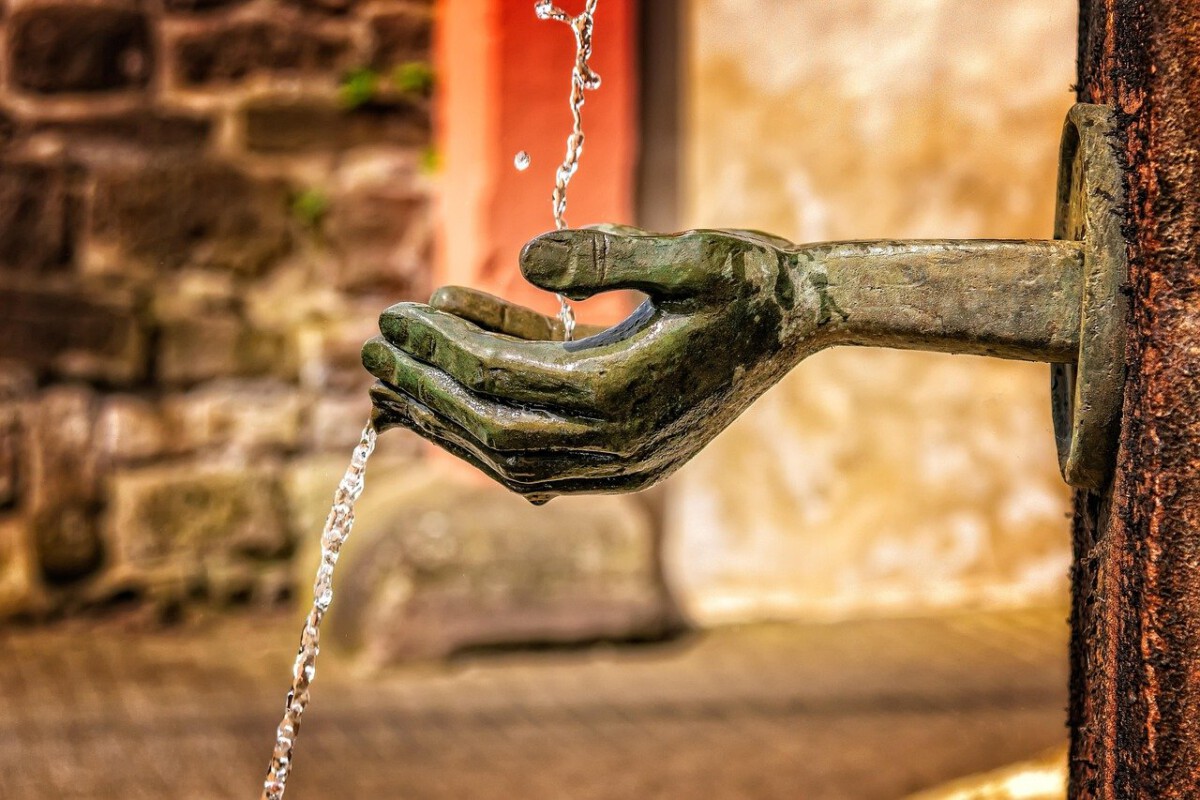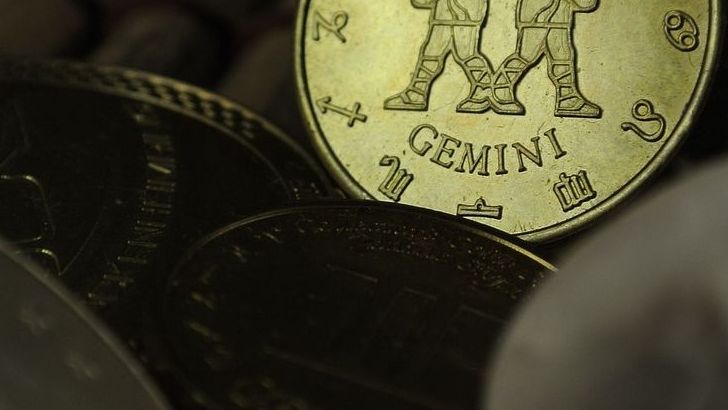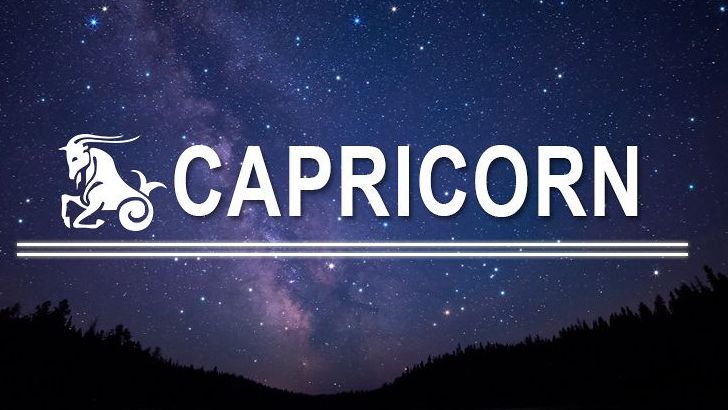Switzerland: Alpine Purity in Every Drop

Switzerland stands at the top of global water quality rankings, and it’s not just a happy accident. Over 80% of Swiss drinking water comes from crystal-clear groundwater, naturally filtered as it flows through the Alps. The Swiss Federal Office for the Environment reports that in 2024, 99% of people in Switzerland had reliable access to safe drinking water. What’s remarkable is how the Swiss blend nature’s bounty with meticulous regulations: their water treatment plants use cutting-edge technology and strict monitoring. This small nation spends generously on maintaining water infrastructure, ensuring that even the tiniest mountain village enjoys the same high-quality tap water as the big cities. In daily life, it’s common for Swiss people to drink straight from fountains in city centers, a testament to public trust. For many, Swiss water isn’t just safe—it’s a point of national pride, as pure and refreshing as a melted snowflake. If water could win awards for taste and clarity, Switzerland would have a trophy shelf full.
Norway: Glacial Waters, Generous Supply

Norway’s water is as breathtaking as its fjords. The Norwegian Water Resources and Energy Directorate found in 2023 that Norway has one of Europe’s highest per capita water supplies. Most of Norway’s drinking water—about 95%—comes from surface water: lakes, rivers, and reservoirs shaped by glaciers millennia ago. This natural filtration process results in exceptionally clean sources, which is why Norwegians often boast about their tap water’s taste. The World Health Organization ranked Norway among the top for water quality in 2024, highlighting the country’s tough environmental rules and regular testing. Even in remote northern towns, tap water is cold, clear, and chemical-free. With so much natural water, Norway also invests in hydroelectricity, showing how water powers both homes and industries. Norwegians see their abundant, pure water as a gift from nature, something to protect for future generations.
Canada: A Freshwater Giant

Canada’s reputation as a water-rich nation is well-earned, with about 20% of the world’s freshwater found within its borders. The Canadian government’s 2023 environmental report emphasized how vast reserves like the Great Lakes and countless rivers supply communities from coast to coast. Over 90% of Canadians have access to safe drinking water, thanks to heavy investments in treatment plants and water protection policies. Many Canadian cities conduct daily water quality checks, making sure that what comes out of the tap is safe and refreshing. The challenge Canada faces is managing such a huge, scattered resource, especially for rural and Indigenous communities. Still, Canada’s water remains among the cleanest in the world, and for many Canadians, a glass of tap water is a reminder of their country’s natural wealth.
Finland: Lakes, Forests, and Clean Water

Finland is a land of lakes—almost 188,000 of them—and this abundance shapes its water quality. The Finnish Institute for Health and Welfare reported in 2024 that 98% of Finns enjoy high-quality drinking water. The country’s water is sourced mainly from pristine lakes and rivers, protected by strict environmental regulations and forward-thinking water management. Finnish authorities constantly monitor for contaminants, keeping pollution from agriculture and industry in check. Even in urban areas, tap water often rivals bottled water in purity and taste. Schools, restaurants, and homes proudly serve tap water, and locals say it’s as clear as a winter sky. Finland’s clean water is no accident: it’s the result of decades of careful stewardship and a deep respect for nature.
Iceland: Volcanic Springs and Pristine Streams

Iceland’s water is as unique as its landscape, shaped by glaciers, volcanoes, and hot springs. In 2023, the Icelandic government reported that most residents drink untreated spring water straight from the source. The combination of low population, abundant rainfall, and careful land use means Iceland’s water rarely needs chemical treatment. The taste is often described as sweet and pure, with a touch of minerals from volcanic rock. Icelanders take pride in their water, filling bottles at public springs and laughing at the idea of buying bottled water. Water quality is rigorously checked, and the standards are among the highest in the world. Iceland’s approach is simple: protect the land, and the water will take care of itself.
New Zealand: Where Nature Still Rules

New Zealand’s water is as legendary as its scenery, flowing from snowy peaks through ancient forests. According to the Ministry of Health, about 85% of New Zealanders had access to safe drinking water in 2024, reflecting continual efforts to improve supply in rural communities. The government has focused on protecting watersheds and reducing farm runoff, which can threaten water purity. Regular testing keeps tabs on quality, and many Kiwis trust their tap water more than bottled options. Rivers and streams are vital to Māori culture, and there’s a growing movement to treat water as a living entity. In cities and towns, water is a shared resource, and every drop is a reminder of the country’s wild heart.
Australia: Safe Water Against the Odds

Australia’s climate is famously dry, but its water quality remains impressively high. The Australian Bureau of Statistics noted in 2023 that over 90% of Australians had reliable access to safe drinking water. This achievement is remarkable given the country’s frequent droughts and sprawling urban centers. Australia’s National Water Initiative has driven big investments in infrastructure, recycling, and conservation. Cities like Melbourne and Sydney have some of the strictest water testing regimes in the world, ensuring safety even during water shortages. Australians are keenly aware of water’s value—restrictions and campaigns make conservation part of daily life. Despite the challenges, Australia stands out for its commitment to providing clean water, blending innovation with old-fashioned grit.
India: Overwhelmed by Demand and Pollution

India’s water crisis is staggering in scale. In 2023, the National Institution for Transforming India reported more than 600 million Indians faced high or extreme water stress. Cities like Chennai and Bangalore have made headlines for running dangerously low on water, and rural areas often rely on polluted rivers or overdrawn wells. Rapid population growth, unregulated industry, and weak infrastructure have led to widespread contamination by sewage and chemicals. The government has launched major cleanup campaigns, like the Jal Jeevan Mission, but progress is slow. Waterborne diseases remain a leading health concern, and millions spend hours each day fetching water. The crisis is a daily reality for families, affecting everything from health to education.
Yemen: Water Scarcity Amid Crisis

Yemen’s struggle for water is inseparable from its ongoing conflict. By 2024, UNICEF estimated that over 18 million Yemenis lacked access to safe drinking water. Years of war have destroyed water systems, leaving many to rely on unsafe wells or trucked-in supplies. Drought and climate change have made things worse, as groundwater levels drop and rivers dry up. Children are especially vulnerable, with waterborne diseases spreading rapidly in crowded refugee camps. International aid organizations are working to restore basic services, but the needs are overwhelming. For millions in Yemen, water has become a daily emergency—scarce, precious, and often contaminated.
Afghanistan: Struggling to Secure Clean Water

Afghanistan’s water supply has been battered by decades of conflict and underinvestment. The World Bank reported in 2023 that only 30% of Afghans had access to safe drinking water. Urban areas fare slightly better, but in rural villages, women and children often walk miles to fetch water from rivers or hand-dug wells. These sources are frequently polluted, leading to widespread disease and malnutrition. Infrastructure repairs are slow, hampered by insecurity and limited funds. International agencies provide some relief, drilling wells and distributing purification tablets, but the gap remains vast. Water is a daily struggle for millions, shaping every aspect of Afghan life.
Key Takeaways on Global Water Quality

Recent data from 2023 to 2025 make it clear: access to clean water is both a privilege and a crisis, depending on where you live. Countries like Switzerland and Finland show what’s possible with careful management and respect for nature, offering nearly universal access to safe, delicious water. In contrast, nations such as India, Yemen, and Afghanistan face daunting challenges from pollution, conflict, and climate change. The gap between the best and worst is a reminder of how precious water has become in our changing world.







